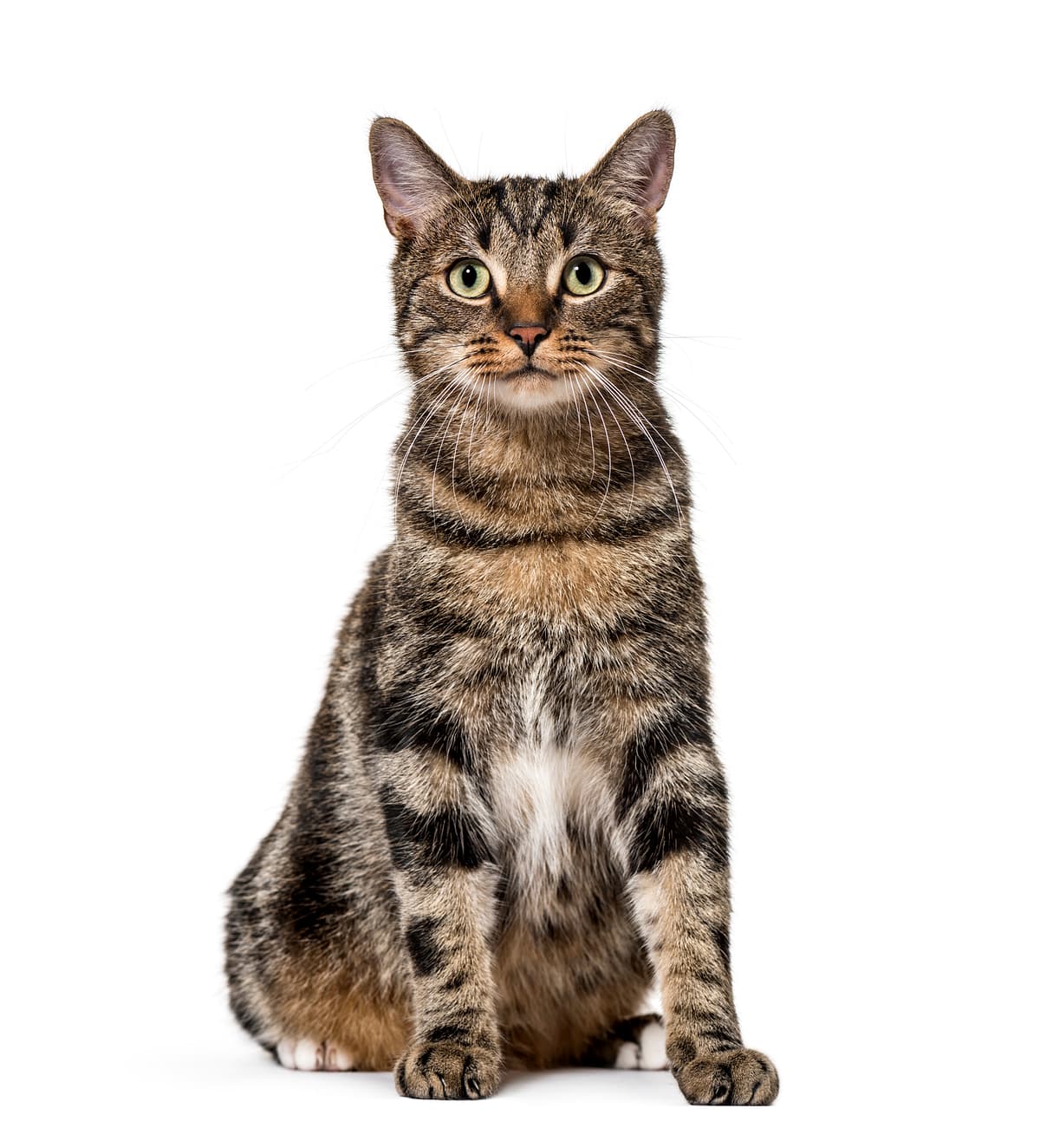Mixed breed vs Norwegian Forest Cat
Discover the differences between Mixed breed and Norwegian Forest Cat to make the best choice for your situation.
Try different breeds

Mixed breed
Mixed breed cats combine a variety of personalities, often resulting in playful, adaptable, and affectionate companions. Their diverse backgrounds make them well-suited to families and individuals alike.

Norwegian Forest Cat
Majestic and affectionate, this sturdy cat charms with a thick, water-resistant coat and a gentle, playful spirit. Adaptable and loyal, it thrives in active households and quiet homes alike.
Quick comparison
Medium
3.5–6 kg
Shorthaired, variable density
12–16 years
3–5 kg
Moderately active
Large
5–9 kg
Longhaired, water-repellent
12–16 years
3.5–7 kg
Moderately active
Personality & behavior
Compare the personality traits and behavioral characteristics of both breeds.
Mixed breed
Generally sociable with people and other pets
Learns routines and problem-solving tasks quickly
Moderate activity needs, varies by individual
Enjoys interactive play and exploring surroundings
Adjusts well to new environments and changes
Norwegian Forest Cat
Enjoys human company, gentle with children
Learns routines and new environments quickly
Moderate activity, enjoys climbing and exploring
Likes interactive games and toys
Adjusts well to home changes and new people
Care needs
Exercise, grooming, and daily care requirements
Mixed breed
Dental disease, obesity
Norwegian Forest Cat
Glycogen storage disease IV, hypertrophic cardiomyopathy
Suitability
How well each breed fits different living situations and families
Mixed breed
Easy to manage
Mixed breed cats are typically adaptable and have varied, manageable temperaments.
Highly adaptable
They usually adjust well to smaller spaces and indoor environments.
Flexible companion
Mixed breeds can match a wide range of activity levels in active households.
Generally suitable
Many mixed breeds are tolerant and gentle with respectful children.
Usually sociable
They often coexist peacefully with other pets, depending on individual temperament.
May struggle alone
Some may develop stress or boredom if left alone for extended periods.
Norwegian Forest Cat
Good option
Gentle and adaptable, but benefits from owners willing to learn grooming needs
Works with effort
Can adapt to apartments if provided climbing spaces and stimulation
Highly suitable
Enjoys play and activity, fitting well in energetic homes
Very friendly
Patient and gentle, generally tolerant of respectful children
Good companion
Gets along with other pets if introduced properly and given space
Not ideal
Dislikes long periods alone and may develop stress or boredom
Breed strengths
What each breed excels at and their best qualities
Mixed breed
- Wide genetic diversity reduces inherited diseases risk
- Adaptable to various living environments
- Often have balanced, resilient temperaments
- Usually lower grooming requirements than purebreds
- Can display hybrid vigor and physical health
Norwegian Forest Cat
- Adaptable to various living environments
- Affectionate without being overly demanding
- Strong climbers with agile movement
- Thick double coat protects in cold climates
- Generally healthy with few genetic issues
Challenges & considerations
Potential challenges and considerations for each breed
Mixed breed
- Unpredictable adult size and coat type
- Temperament can be harder to anticipate
- May have unknown medical background
- Less consistent appearance or personality traits
- Some may need extra socialization early
Norwegian Forest Cat
- Requires regular grooming to prevent mats
- Prone to obesity if under-exercised
- Can be shy with strangers initially
- High prey drive may affect small pets
- Needs mental stimulation to prevent boredom
Ready to choose your perfect breed?
Learn more about each breed or compare other breeds to find the perfect match for your lifestyle.
Discover more helpful tools
Make use of our other free tools to get the most out of your pet experience
